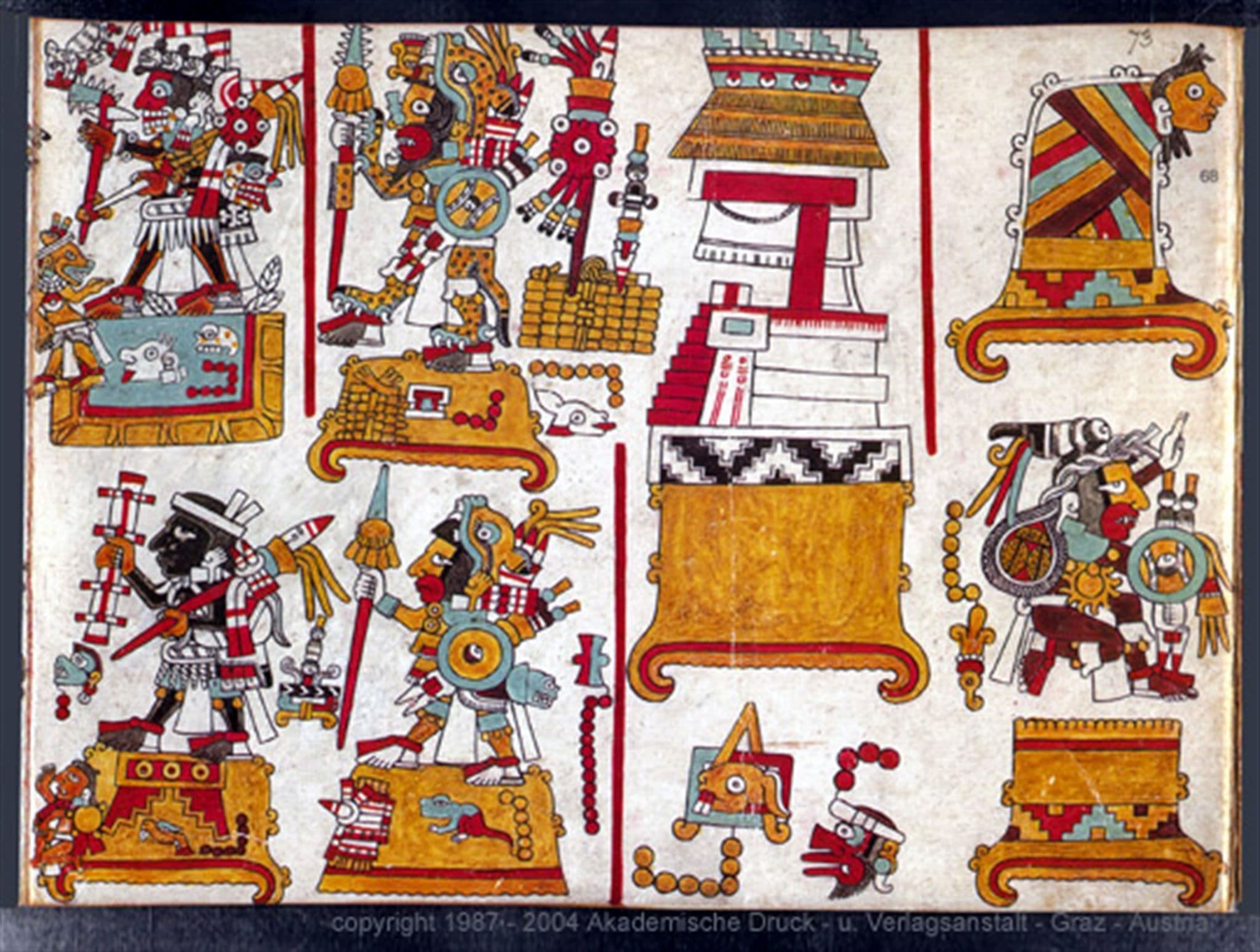Evidence #170 | March 22, 2021
Book of Mormon Evidence: Axes
Post contributed by
Scripture Central

Abstract
The ax, which is mentioned in the Book of Mormon in military contexts, was used as a battle weapon in pre-Columbian times and is frequently portrayed in ancient Mesoamerican art.The axe is mentioned as a weapon associated with warfare twice in the Book of Mormon. Enos wrote that the Lamanites in his days were skilled in the use of the axe and other weapons (Enos 1:20), and Mormon specifically mentioned the axe as a weapon used to hew down his people at the battle of Cumorah (Mormon 6:9).
Although some people have claimed that the axe was never used as a weapon of pre-Columbian warfare,1 there is substantial evidence that they were used for millennia in pre-Columbian times, including the time period which coincides with the Book of Mormon.
The Post-Classic Maya of Highland Guatemala fought with axes in addition to other weapons. According to the Popol Vuh, the Quiche fought with axes.2 The Tzutujils and their allies used a battle axe in their wars.3 Alvarado’s Indian allies in Guatemala also included “battle axes” in their repertoire of weapons.4
Axes are portrayed in pre-Columbian art, including stone monuments and vases from the Classic Maya Period. One type of axe was made from a single piece of stone, while another consisted of several pieces of sharp obsidian blades.5 The latter, according to Francis Robicsek, were “composite weapons, some of them highly decorated with separate wooden handles and blades of flint or obsidian as inserts.”6 They were “a regular attribute of the armor of the common warrior.”7 The axe is depicted in the murals of Teotihuacan8 and is also portrayed on Stela 11, a Pre-Classic monument at Kaminaljuyu highland Guatemala,9 a site which some Latter-day Saint scholars have compared with the land and city of Nephi.10
Many representations of axes, such as those shown at Teotihuacan, suggest that they had short handles. Ross Hassig believes that the Mesoamerican axe was most frequently viewed as a secondary weapon, used for the execution, sacrifice, or decapitation of prisoners after battle.11 In light of this, it is interesting that Mormon mentioned the axe at the battle of Cumorah, where the Lamanites are said to have “gone through and hewn down all my people” (Mormon 6:11), a reference that makes sense in light of the secondary role of the axe as understood in ancient Mesoamerican warfare.
Conclusion
Axes, which are several times mentioned in Book of Mormon military narratives, are known to have been a significant weapon in ancient pre-Columbian warfare. Evidence for their use is found in late Mesoamerican documents and in Mesoamerican art, stretching back into Pre-Classic times. The axe’s frequent use as a secondary weapon in the aftermath of battle is consistent with Mormon’s description of the battle at Cumorah.
- 1. Thomas Key, The Book of Mormon in the Light of Science, Fifteenth Edition (Marlow, OK: Utah Missions, 1997), 69.
- 2. Dennis Tedlock, trans., Popol Vuh: The Definitive Edition of the Mayan Book of the Dawn of Life and the Glories of Gods and Kings, revised and expanded edition (New York, NY: Simon & Schuster, 1996), 173.
- 3. Sandra L. Orellana, The Tzutugil Mayas: Continuity and Change, 1250–1630 (Norman, OK: University of Oklahoma Press, 1984), 62.
- 4. Robert M. Carmack, Quichean Civilization: The Ethnohistoric, Ethnographic, and Archaeological Sources (Berkeley, CA: University of California Press, 1973), 301.
- 5. Francis Robicsek, “The Weapons of the Ancient Maya,” in Circumpacifica Band I: Mittel und Sudamerika: Festschrift fur Thomas S. Barthel, ed. Bruno Illius and Matthew Laubscher (Frankfurt: Peter Lang, 1990), 372.
- 6. Robicsek, “The Weapons of the Ancient Maya,” 372.
- 7. Robicsek, “The Weapons of the Ancient Maya,” 372.
- 8. Ross Hassig, War and Society in Ancient Mesoamerica (Berkeley, CA: University of California Press, 1992), 47: “Axes were used as well, but mostly as executioners’ weapons; they would have played a secondary role in combat, as did knives.” Hassig, “Weaponry,” in Archaeology of Ancient Mexico and Central America: An Encyclopedia, ed., Susan Toby Evans and David L. Webster (New York, NY: Garland Publishing, 2001), 810.
- 9. Lee Allen Parsons, The Origins of Maya Art: Monumental Stone Sculpture of Kaminaljuyu, Guatemala, and the Southern Pacific Coast (Washington, DC: Dumbarton Oaks Research Library and Collection, 1986), Figure 169.
- 10. John L. Sorenson, An Ancient American Setting for the Book of Mormon (Salt Lake City, UT: Deseret Book, 1985), 138–148; John L. Sorenson, Mormon’s Codex: An Ancient American Book (Salt Lake City, UT: Neal A. Maxwell Institute for Religious Scholarship and Deseret Book, 2013), 81–89.
- 11. See Hassig, War and Society in Ancient Mesoamerica, 47: “Axes are shown in Classic Maya art being used to decapitate prisoners or in sacrifices.” See also, Prudence M. Rice, Don S. Rice, Timothy W. Pugh, and Romulo Sanchez Polo, “Defensive Architecture and the Context of Warfare in Zapeten,” in The Kowoj: Identity, Migration, and Geopolitics in Late Postclassic Peten, Guatemala, ed. Prudence M. Rice and Don S. Rice (Boulder, CO: University Press of Colorado, 2009), 131–132.